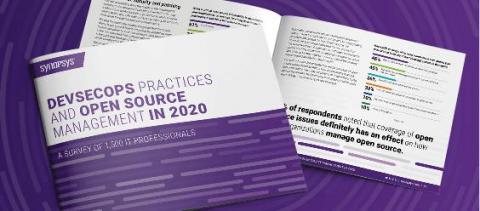DevSecOps: The good, the bad, and the ugly
DevSecOps offers benefits—but it also has its challenges. Learn why companies are making the shift and why it’s not always easy. DevSecOps is the practice of integrating security into every stage of the DevOps pipeline. It unites development activities, operations support, and security checks, and coordinates the teams involved in the software development life cycle (SDLC). The synergy between the teams is helped by automation.




